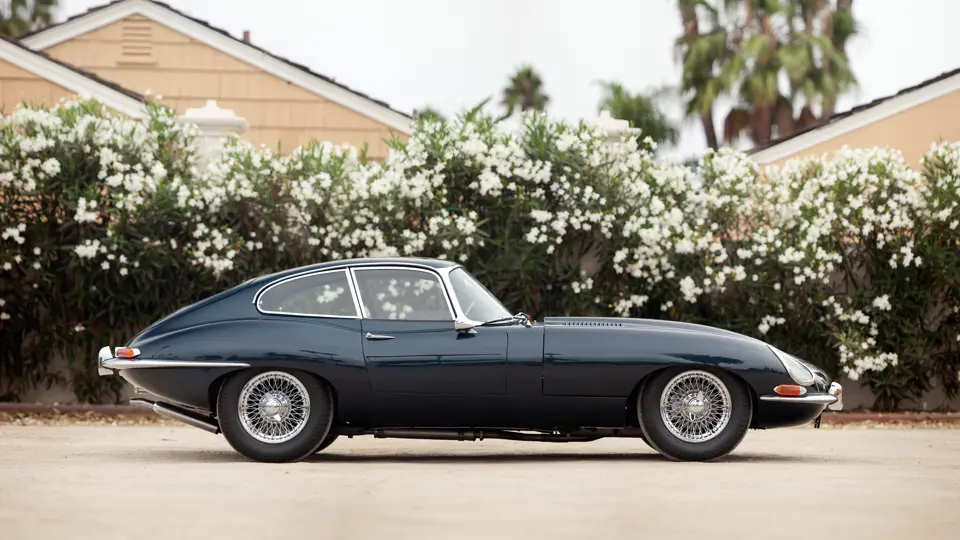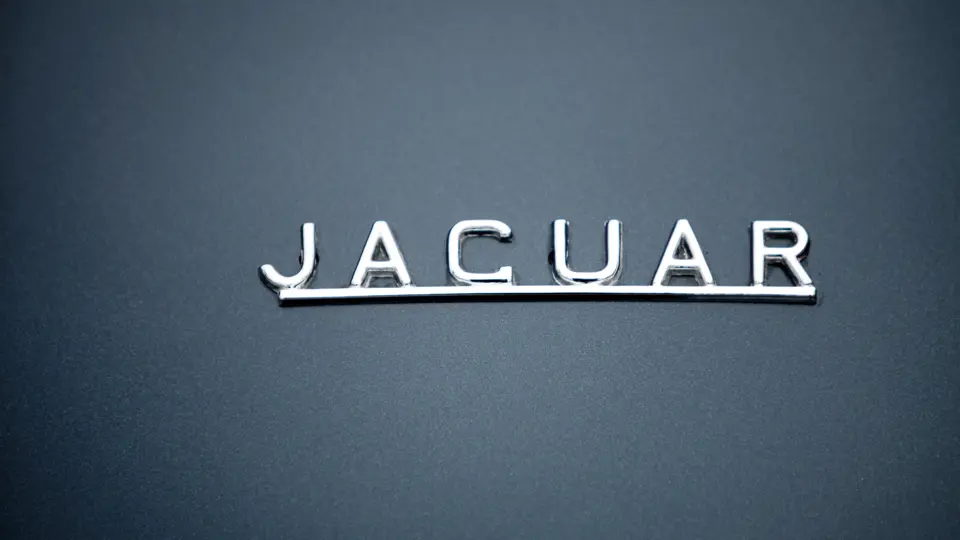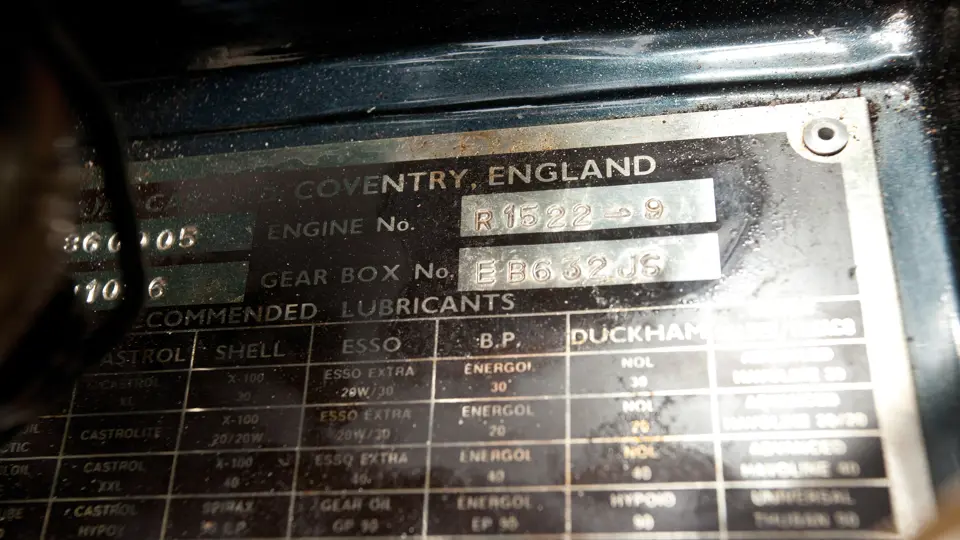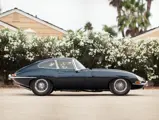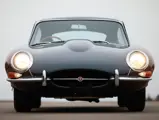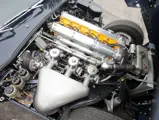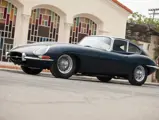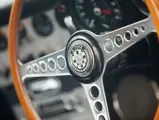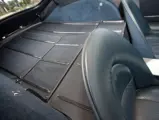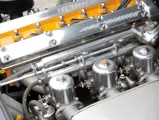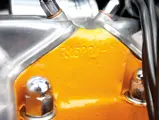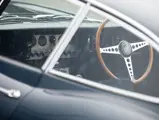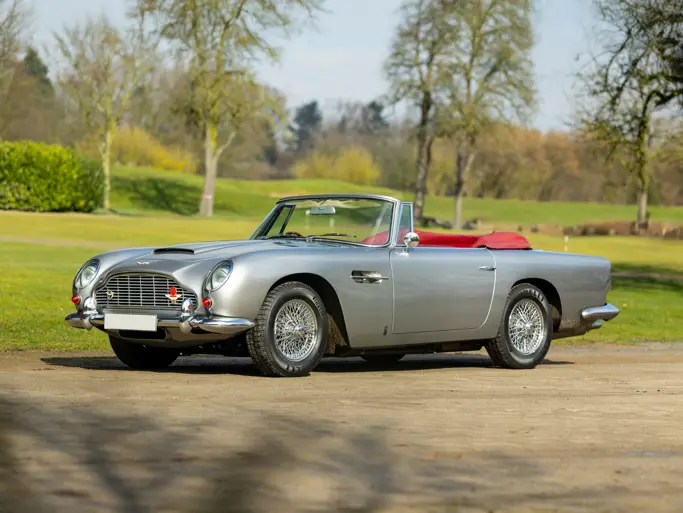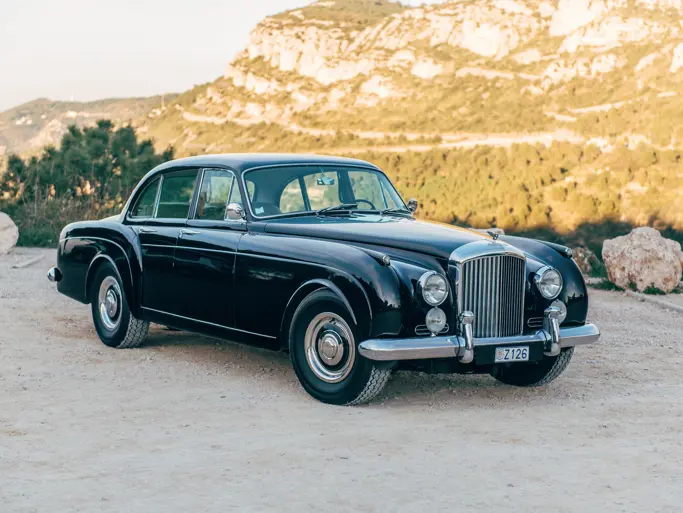265 bhp, 3,781 cc DOHC inline six-cylinder engine, four-speed manual transmission, four-wheel independent suspension, and four-wheel hydraulic disc brakes. Wheelbase: 96 in.
• Early flat-floor example; chassis number 5
• Fully documented and numbers-matching
Jaguar's earliest E-Type Fixed Head coupés, much like the early outside-latch roadsters, have gained a steady and growing following amongst those in the know. These early hand-assembled UK market FHCs were all extremely unique and given to favoured clients and racers rather than being offered to the general public. Chassis number 5 was, as those before it, a carefully hand-assembled production prototype. It incorporated a variety of changes, most notable of which was being the first E-Type to feature the thereafter standardized "inside" front bonnet latches. It also utilized a variety of other updates, including a new generator and the use of OTS roadster seats. The engine was the optional high-compression version with 9.0:1 compression, and the car, for unknown reasons, was fitted with 16-inch wheels rather than the standard 15-inch examples. It retained what have now become the cult-classic attributes of these early E-Types, including welded-in bonnet louvers, flat-floor pans, and unique front and rear bulkheads.
Completed on Thursday, 24th August 1961, chassis number 5 was initially slated for delivery to UK championship motorcycle racer John Surtees. Instead, the order and delivery were switched, and this E-Type was invoiced directly to Jaguar Cars, New York. Three weeks later, on 18th September 1961, it was flown to New York City, where the car was delivered to the president of Jaguar Cars North America via Alfred Momo, the New York Jaguar distributor.
The car was strikingly beautiful and finished in Opalescent Blue with a dark blue interior. How and why a very specific UK market right-hand drive fixed-head coupé was selected and sent to the States remains very much a mystery. Jaguar Cars New York retained chassis 5, untitled and unregistered, for internal use until 1967. It was not until then that this car was sold to the first private owner as essentially still a new car.
Chassis number 5 was then purchased by Stephen and Cheryl Mamros, of Lower Burrell, Pennsylvania, who used the car sparingly. In 1986, Mr Richard B. Iott, of Monclova, Ohio, learned of the cars existence and purchased it soon thereafter. While a bit dusty and dirty from years of non-use and storage, it was remarkably original. With a fresh battery and some clean petrol, he was able to start the car and drive it away. Mr Iott documented his adventure in the June 1987 issue of EJAG Magazine, a copy of which remains with the car.
In 1996, it was sent to a Jaguar specialist in Scottsdale, Arizona, where it was given a no-expense-spared restoration from 1996 until 2002. Upon completion, this Jaguar was sold to Matsuo Yoshida's Museum Collection, from which the current owner acquired the car. Today, the paint remains in excellent condition, with little chipping or scratches to be seen. The engine bay is equally impressive, as is the exterior chrome and trim. The interior is in very good shape, though minor flaws in the trim can be found when closely inspected. The car runs and shifts nicely, and it performed very well during a recent outing. Chassis 860005 is both accident- and rust-free and is fully documented as a matching-numbers example. It is very highly regarded in E-Type circles as the benchmark by which all other early fixed-head E-Types are judged both on originality and authenticity.


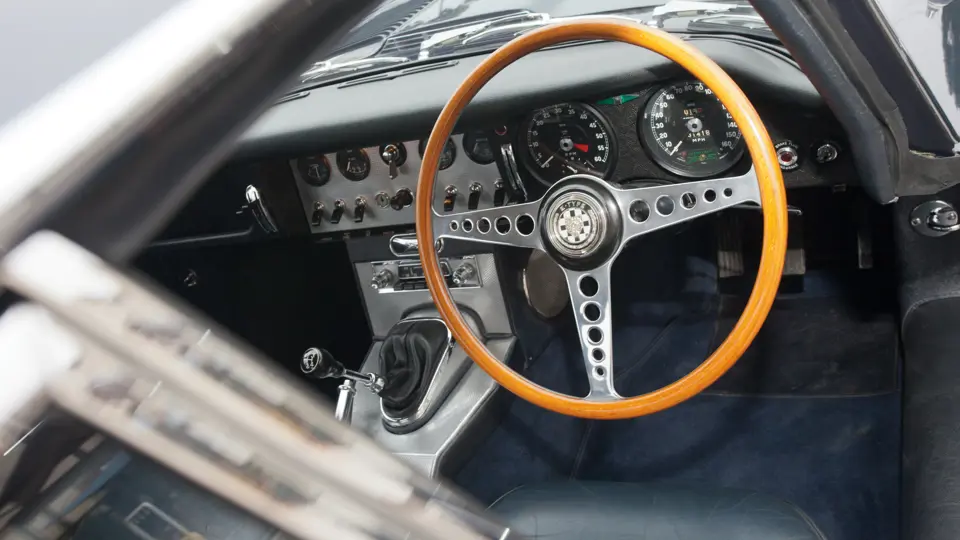

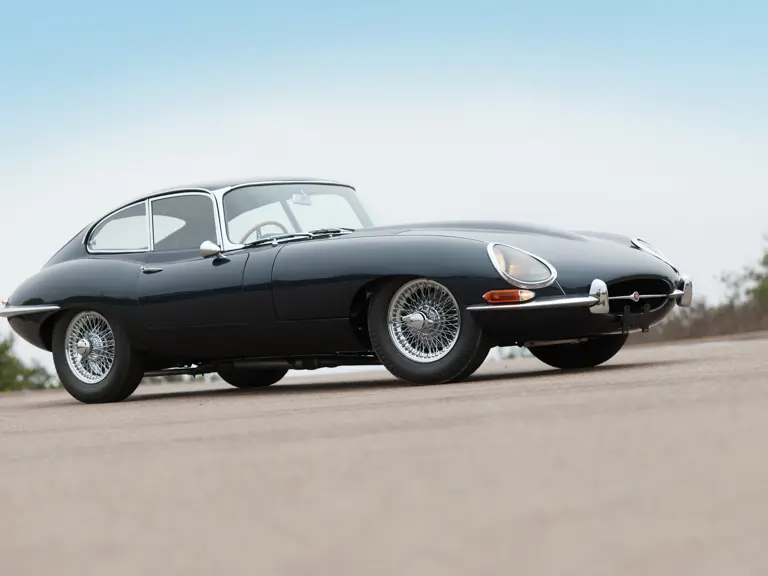
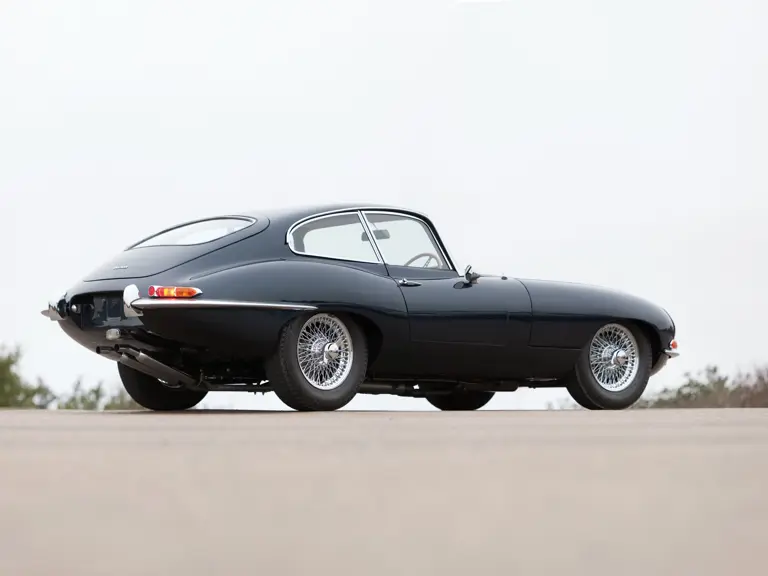
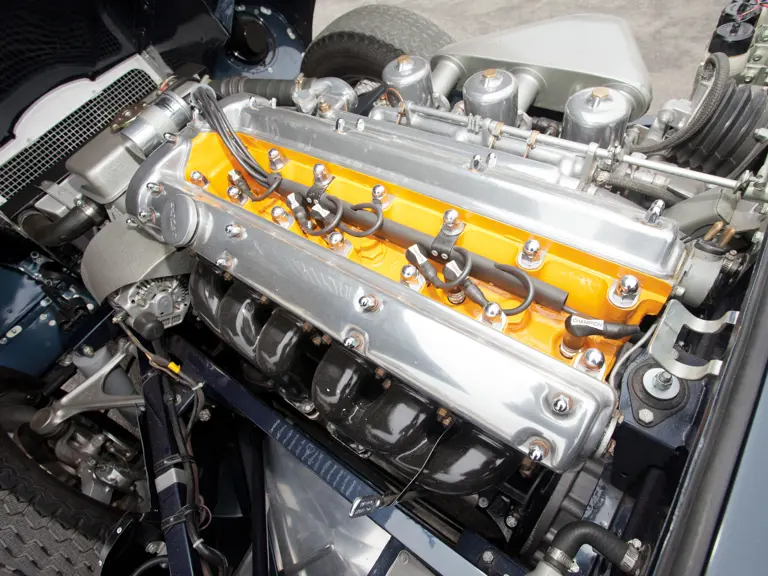
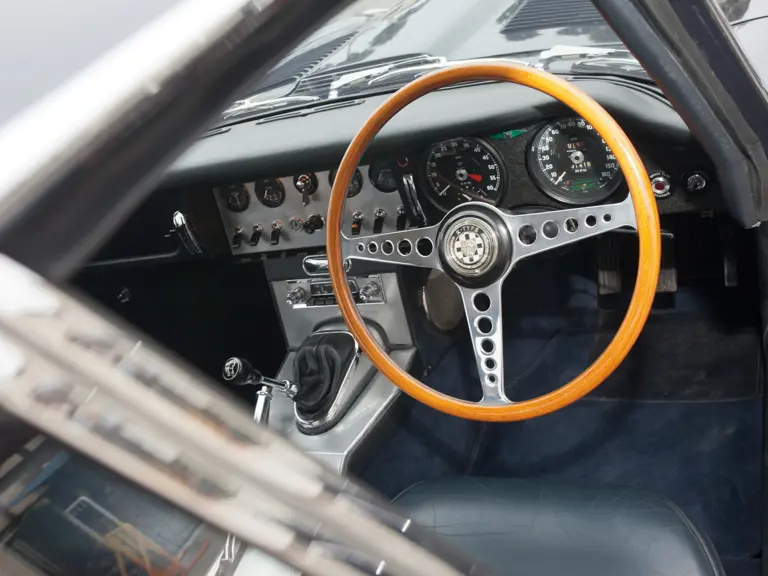
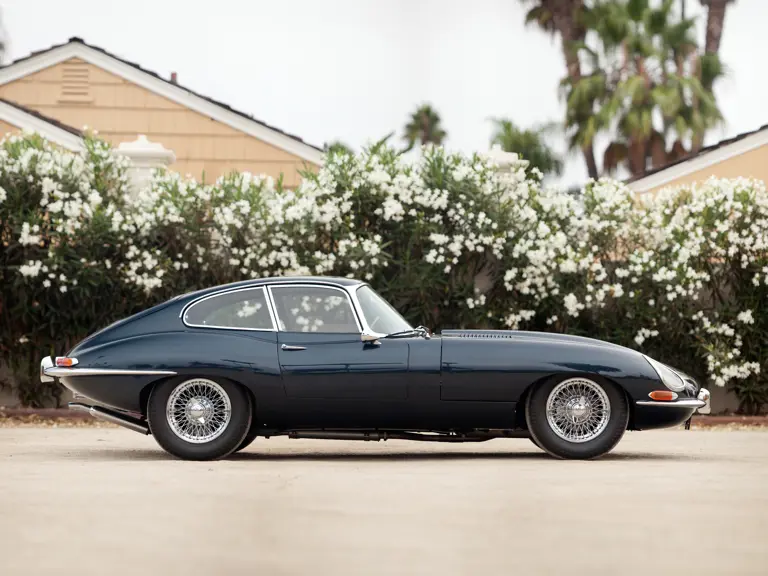
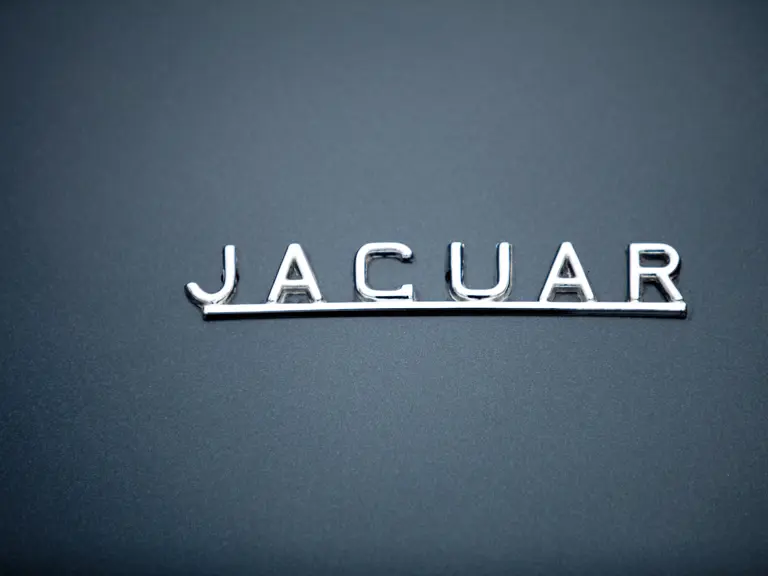
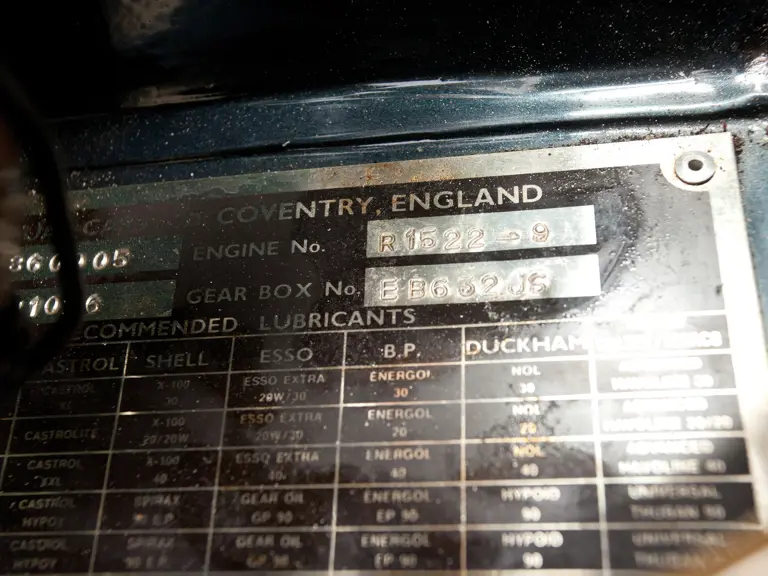
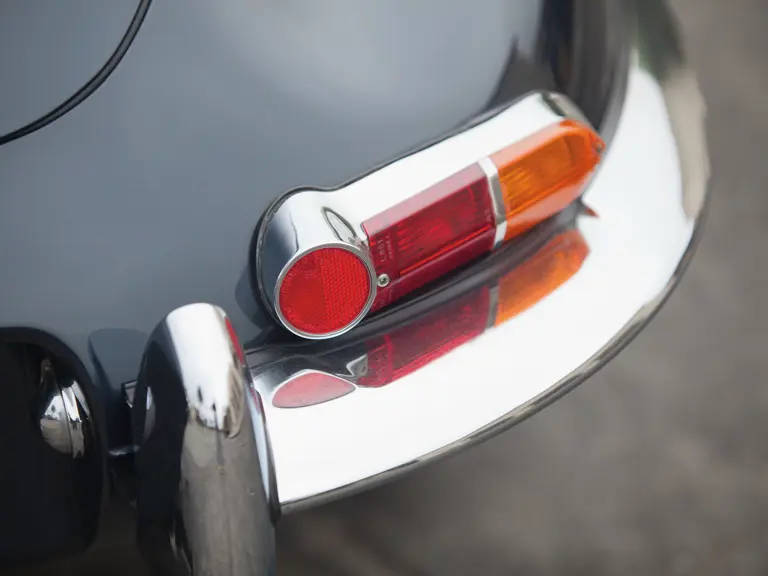
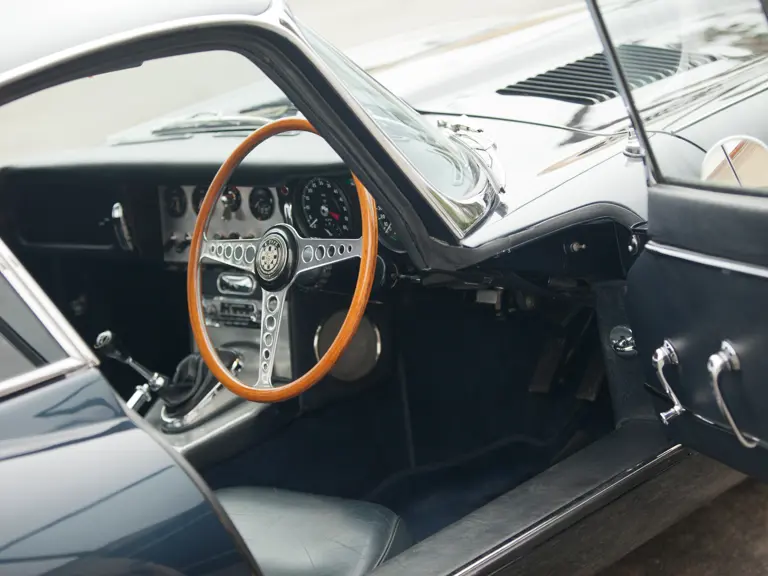
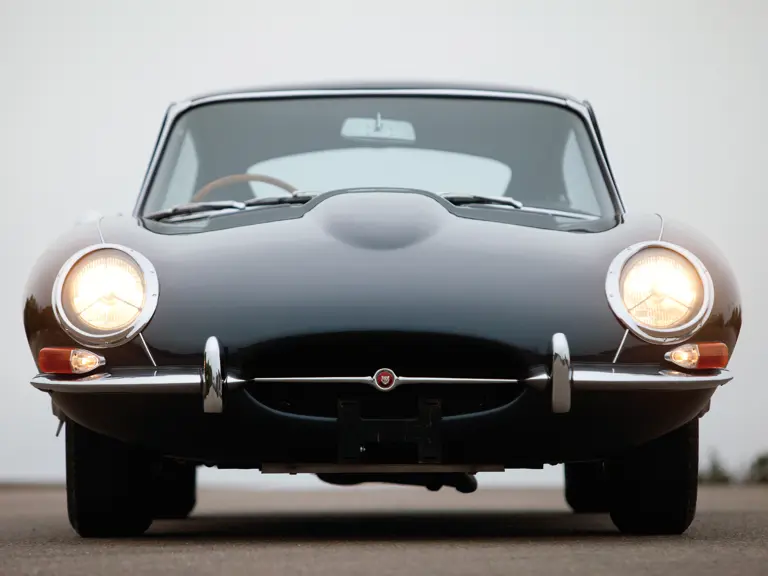
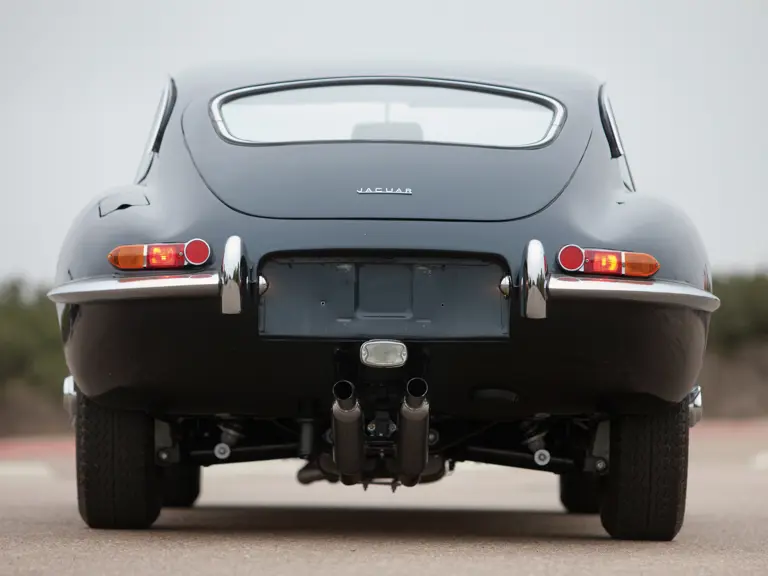

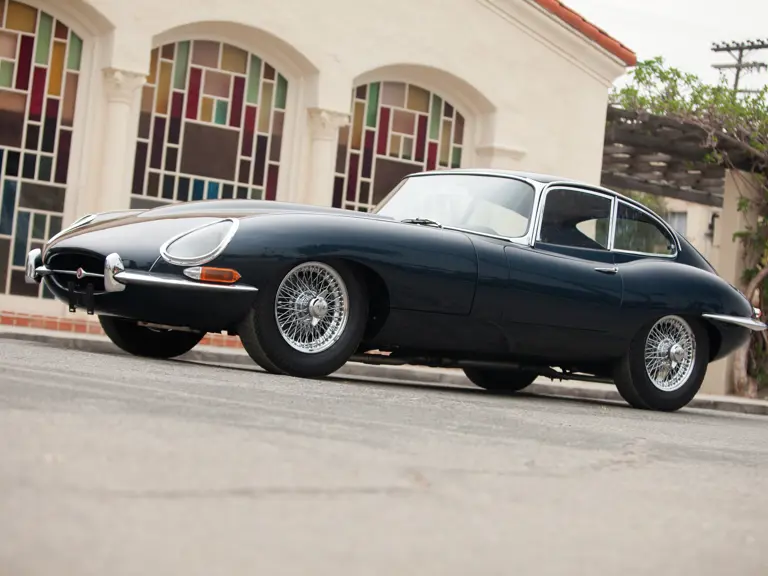
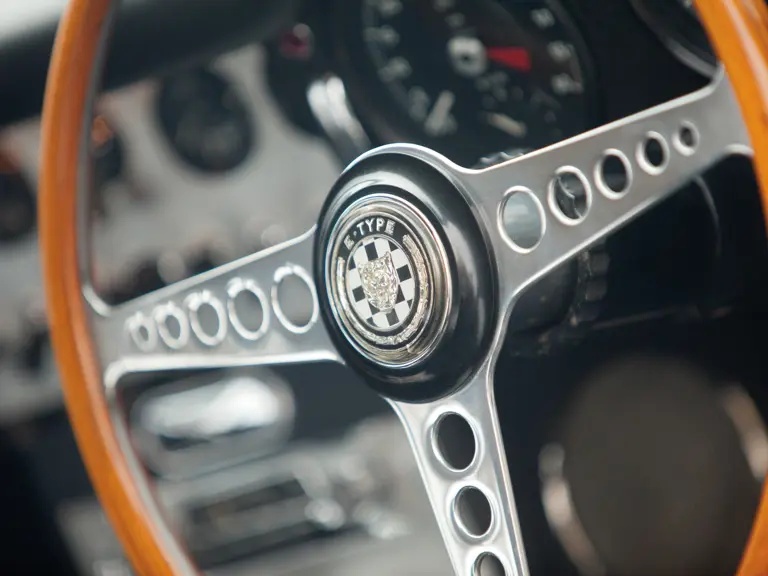

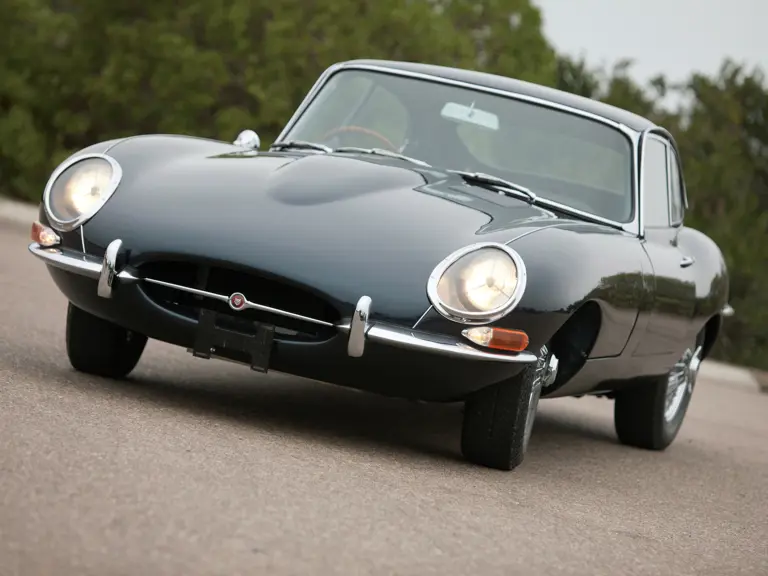
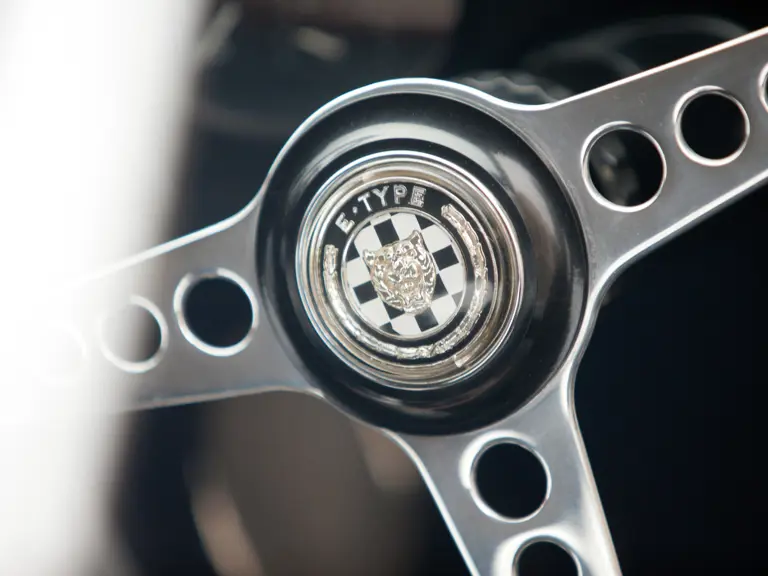
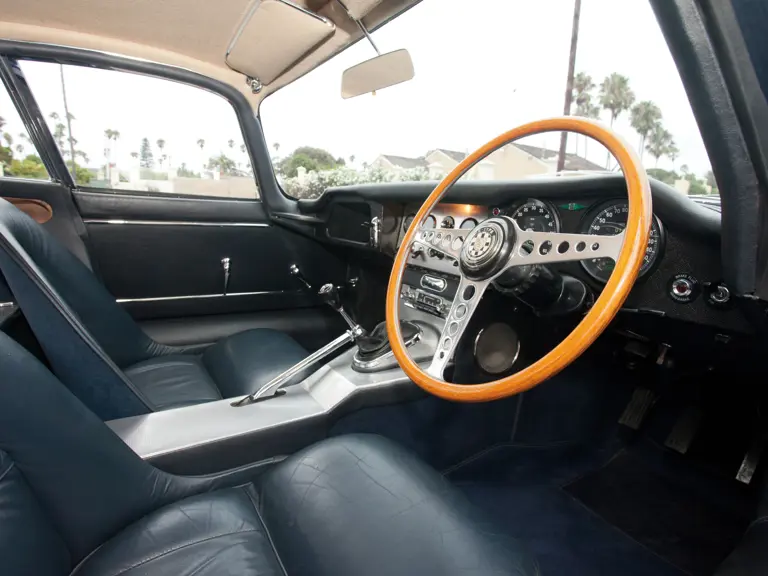
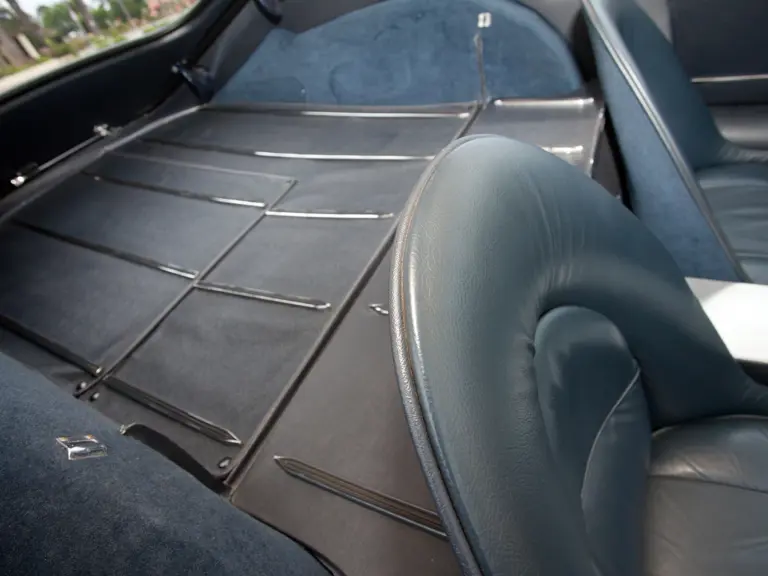
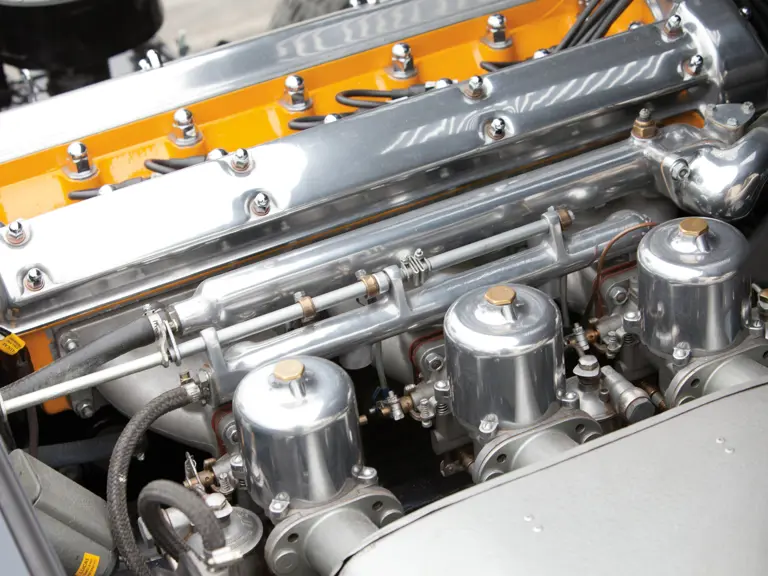
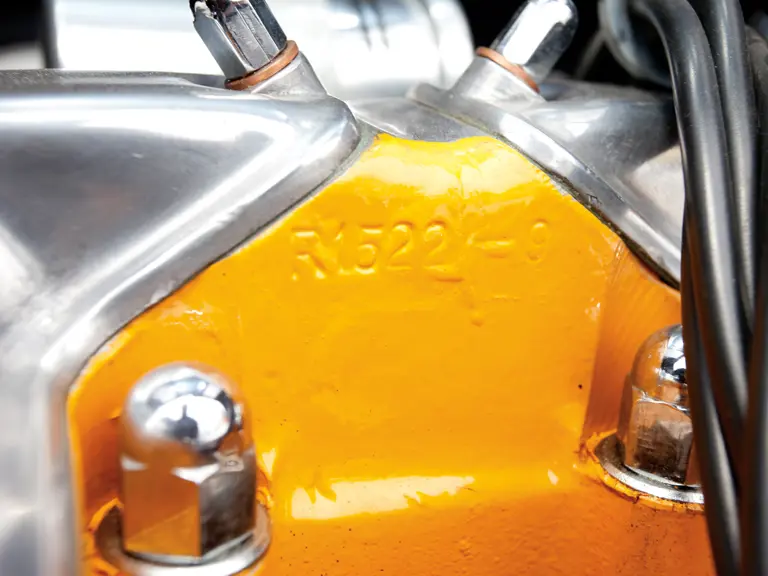
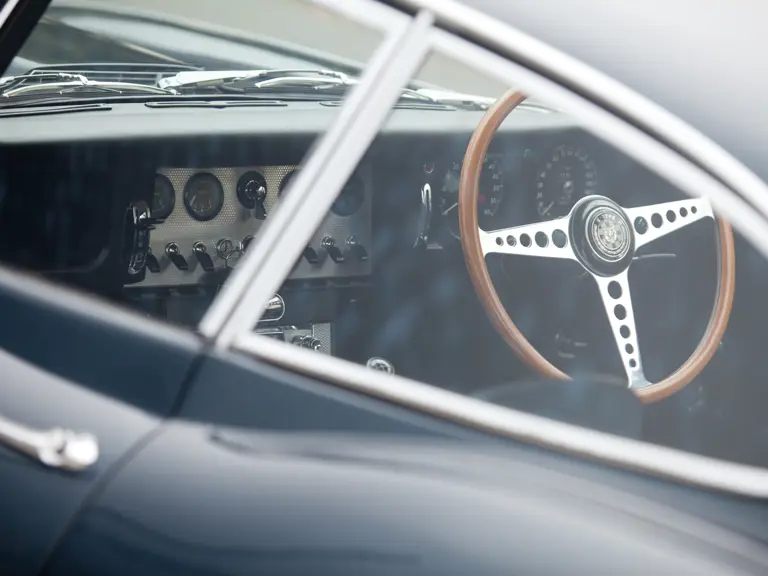

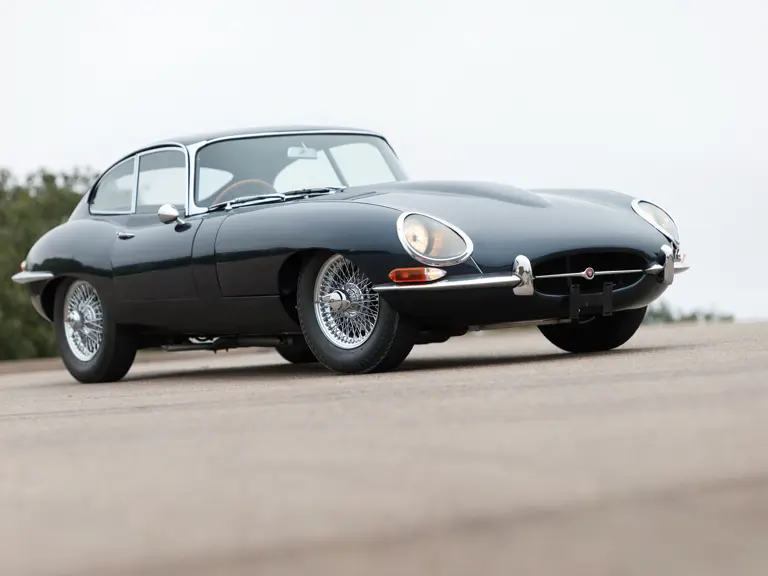
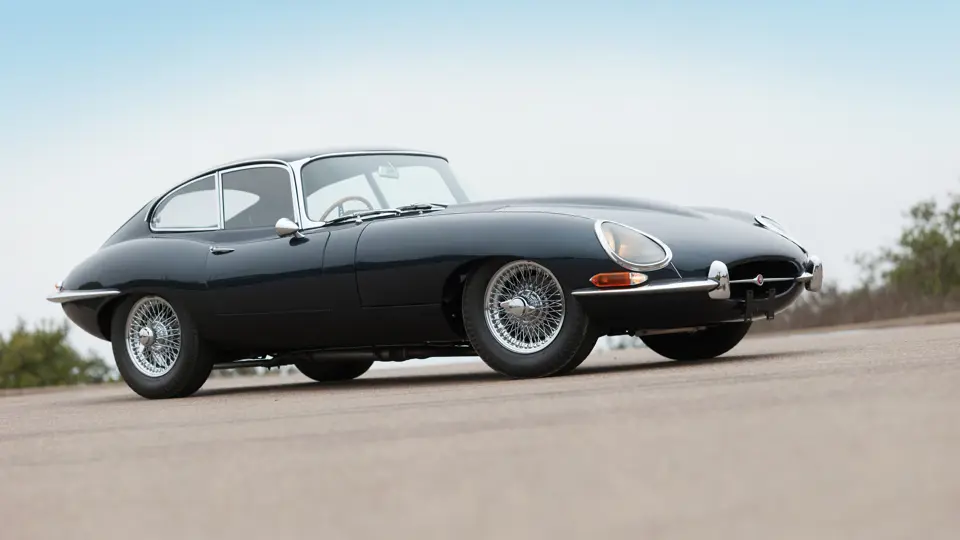
 | London, United Kingdom
| London, United Kingdom
